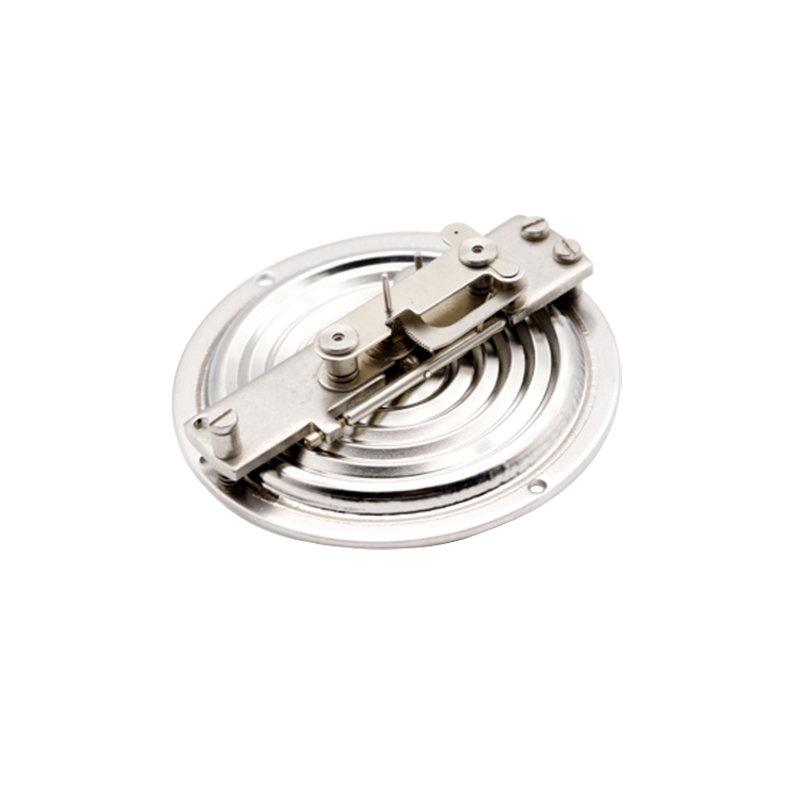
Dec . 12, 2024 11:39 Back to list
fire pressure gauge,
Understanding Fire Pressure Gauges Importance and Applications
Fire safety is a critical concern in various industries, particularly those that involve the handling of flammable materials or operate in environments prone to fire hazards. One essential tool in ensuring effective fire safety is the fire pressure gauge. This article will explore what a fire pressure gauge is, its importance, how it works, and its applications in various settings.
What is a Fire Pressure Gauge?
A fire pressure gauge is a specialized instrument used to measure and monitor the pressure within fire suppression systems, such as sprinkler systems, fire hydrants, and standpipes. These gauges are crucial for detecting any discrepancies in pressure that might hinder the proper functionality of a fire suppression system. Typically, fire pressure gauges are calibrated in psi (pounds per square inch), which indicates the pressure level within the system.
Importance of Fire Pressure Gauges
The primary role of fire pressure gauges is to ensure that fire protection systems operate efficiently. In emergency situations, the effectiveness of these systems is paramount. If the pressure is too low, the system may not deliver enough water to suppress a fire, potentially leading to catastrophic consequences. Conversely, if the pressure is too high, it can cause damage to the system’s components, leading to leaks or even system failure.
Regular monitoring of pressure through these gauges enables facility managers and safety personnel to maintain the required pressure levels, ensuring that fire suppression systems are always ready for use. Furthermore, many local fire codes and regulations require the installation of fire pressure gauges in specific systems to ensure compliance and promote overall safety.
How Fire Pressure Gauges Work
Fire pressure gauges operate based on simple mechanical principles. They typically consist of a dial, a pointer, and an internal mechanism that reacts to the fluid pressure exerted on it. As the pressure within the system changes, it affects the position of the internal mechanism, which in turn moves the pointer on the dial to indicate the current pressure level.
In most cases, these gauges are installed at strategic locations throughout the fire suppression system, such as at the pump discharge, on the riser, or at the water supply point. This positioning allows for real-time monitoring and quick access to vital information.
Types of Fire Pressure Gauges
fire pressure gauge,

1. Analog Gauges These traditional gauges feature a dial and needle and are typically easier to read for some users. They provide a direct representation of the pressure level in the system. 2. Digital Gauges Digital pressure gauges offer a numeric readout of pressure levels. They are often equipped with additional features, such as data logging, alerts, and remote monitoring capabilities. Many users appreciate the clarity and precision of digital readings.
3. Hydrostatic Gauges Used primarily in testing scenarios, hydrostatic gauges measure pressure by utilizing a fluid column. They are particularly useful for assessing the integrity of the fire suppression system over time.
Applications of Fire Pressure Gauges
Fire pressure gauges find applications in various settings, including
- Commercial Buildings In office buildings and shopping centers, fire pressure gauges are crucial to monitor sprinkler systems and other fire safety infrastructures.
- Industrial Facilities Factories and warehouses that handle hazardous materials require meticulous fire safety measures, making fire pressure gauges an indispensable component of their fire protection systems.
- Residential Buildings In some multi-family dwellings, particularly high-rise buildings, fire pressure gauges are necessary to ensure that sprinkler systems are functional and effective.
- Public Infrastructure Schools, hospitals, and government buildings must adhere to strict fire safety codes, necessitating the installation of fire pressure gauges.
Conclusion
In summary, fire pressure gauges are vital instruments in the realm of fire safety, contributing significantly to the reliability and efficacy of fire suppression systems. By ensuring appropriate pressure levels, these gauges play a crucial role in safeguarding lives and property. Regular maintenance and monitoring of fire pressure gauges can help prevent accidents and ensure compliance with safety regulations. Therefore, understanding and implementing these tools is essential for any organization committed to fire safety.
-
Digital Pressure Gauge RS Components for Semiconductor & Chip Industries
NewsMay.23,2025
-
Industrial Differential Pressure Gauges Global Supplier & Pricelist
NewsMay.23,2025
-
Bourdon-Type Differential Pressure Gauges High Accuracy & Affordable Pricing
NewsMay.22,2025
-
Vacuum Differential Pressure Gauges High-Precision Solutions & Quotes
NewsMay.22,2025
-
Durable Diaphragm Pressure Elements High Accuracy & Custom Quotes
NewsMay.22,2025
-
AG Precision Pressure Gauges High Accuracy & Global Exporters
NewsMay.21,2025
